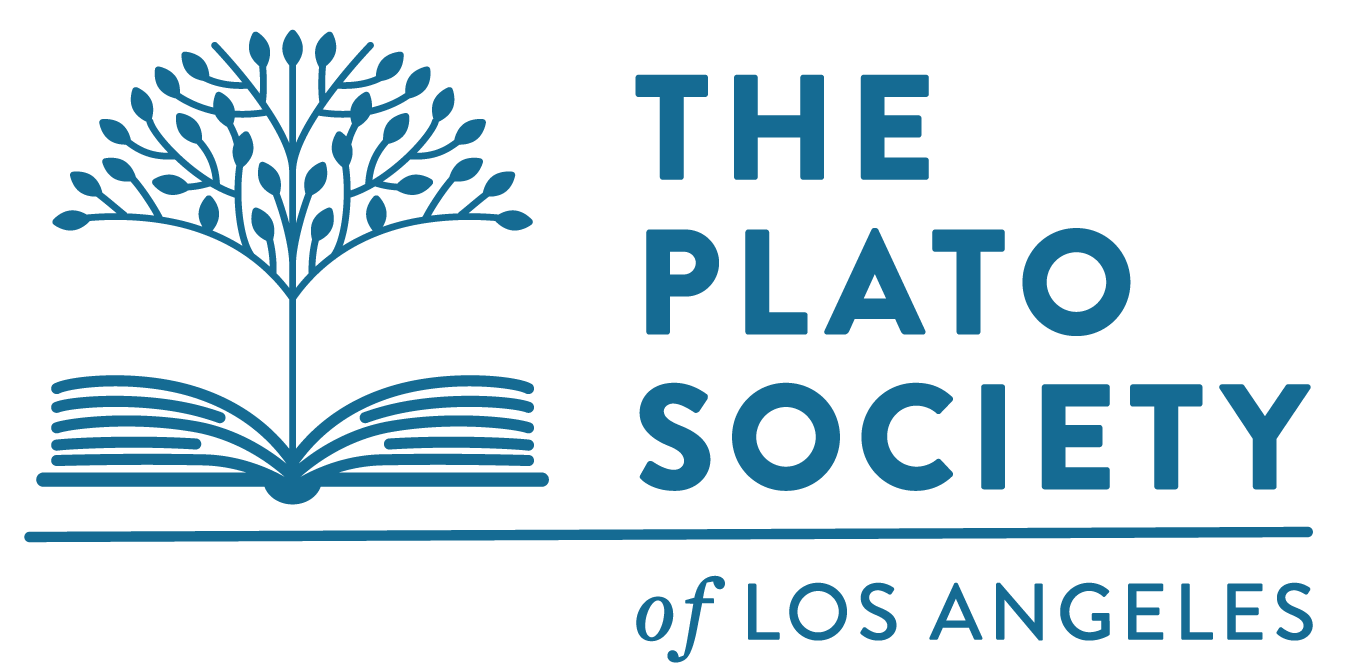The Odyssey tells the story of the Greek hero Odysseus’ ten-year-long return from Troy to his island home of Ithaca. Odysseus had left his kingdom in the hands of his wife Penelope who has shown the required hospitality to guests who then abuse the code by refusing to leave the palace and courting the queen herself. Having returned home in disguise, Odysseus must kill his enemies to reclaim his kingdom and re-woo his wife, after an absence of 20 years. In contrast to the battles of the Iliad, the Odyssey is the work of a more humane singer, either another poet or an older and mellower Homer. Here justice and love are valued more than martial heroic achievement. Amid episodes, which show Odysseus fighting the Cyclops, avoiding the deadly and seductive Sirens, and falling prey to the beautiful sorceress Circe, the focus here is on character. This poem sums up Homer’s great themes of power, honor, justice, knowledge, and sexual love, themes that remain the core issues of all subsequent European literature.
We will examine how Homer created an idealized but artificial world by conflating the memory of five centuries, while his poems also reflect the social, political, and religious world of his own time. In this SDG we will examine both the poem’s literary power and technique, its mastery of narrative and psychology, and its historical context.
This SDG will read and examine Homer’s Odyssey in Emily Wilson’s recent translation - the first in English by a female scholar after more than sixty by male scholars since Chapman’s in 1616. We now understand that the putative “author,” Homer, was a singer who entertained Greek nobles with sections of his enormous creation. Only its oral beginnings can explain the method of composition, its use of repetition of scenes, the frequent formulas (“winged words”), and the poet’s use of epithets attached to individual characters.




